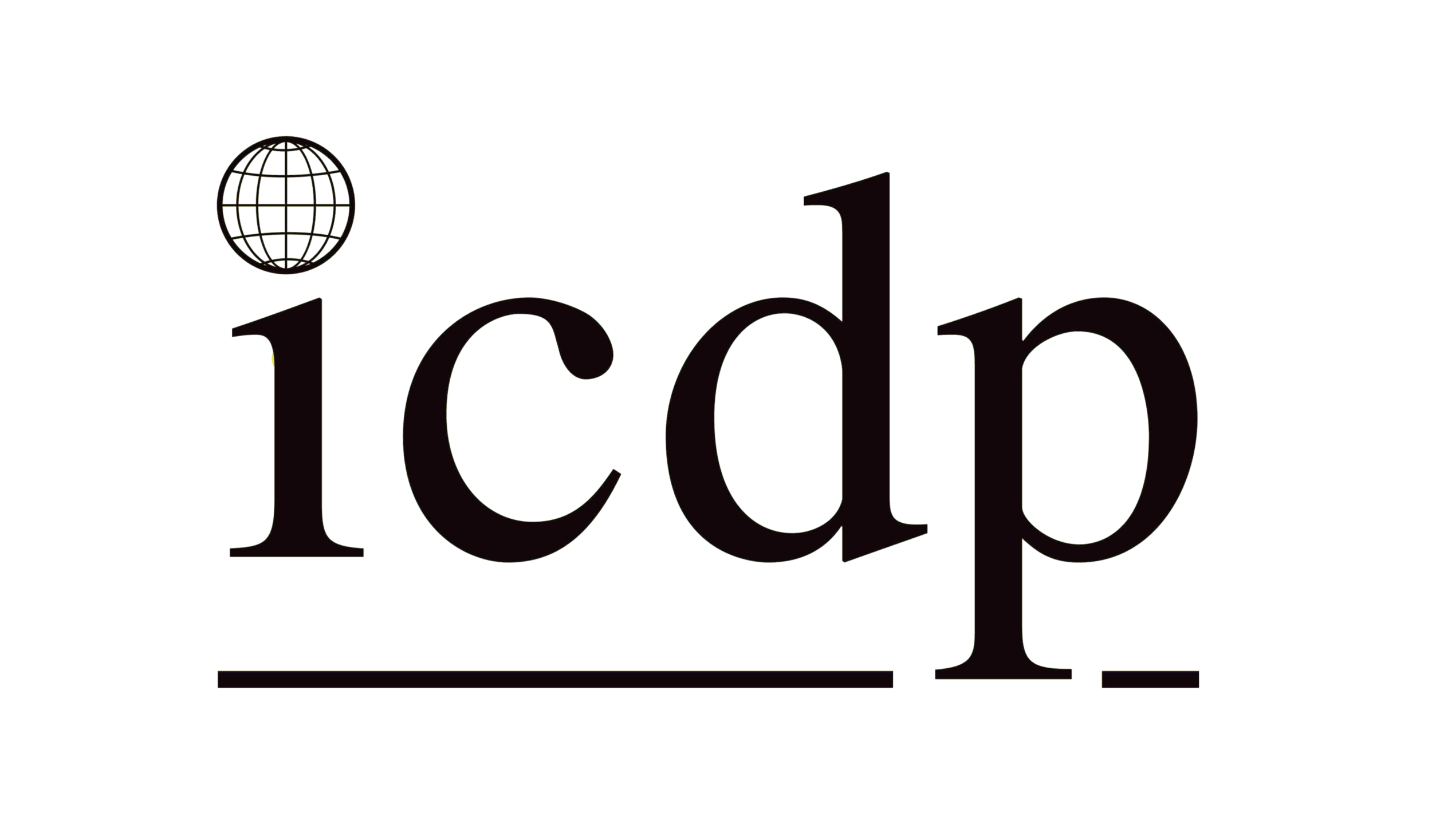Strategy vs tactics – what’s right for 2025?
Firstly, happy New Year to all that follow this blog! I hope that the break has allowed you to recharge your batteries, ready to re-engage in your business for the next, doubtless eventful, twelve months. I’m sure that your inbox will be full of projections for 2025 related to the world in general, the economy and our industry, so I don’t want to add to that reading list with something that will probably be half right, half wrong due to the wide range of uncertainties that face us on all fronts. I want to focus more on how you approach the year, rather than outline a list of obstacles and opportunities. What’s the right mindset, where should your focus be in terms of time horizon?
Although there are many challenges facing us, regardless of the part of the industry within which you work, I don’t feel that these will have a universally positive or negative impact on the industry as a whole in the same way that a broader economic boom or recession tends to. The economy is certainly not going to do us any favours, and governments, businesses and individuals are all going to have to make their own luck, rather than rely on riding a wave that does some of the hard work for you. I think the external environment will test the weaknesses in us all, and that for some this will prove to be a life or death battle, not necessarily concluded in the next year, but certainly defining the future trajectory.
The winners will be those who are able to weather this environment best, not necessarily winning every fight, but doing so more often than not, and therefore continuing to make progress, whilst others fall behind. There is a risk in these circumstances of adopting short-term thinking – everything becomes focused on survival and hitting this year’s promised results rather than continuing to work towards longer term strategic goals that no longer seem relevant or achievable. There will obviously be some cases where the strategy is unachievable, but that may well be because it was ill-conceived in the first place and was probably unachievable under the best of circumstances.
Over the years I have had many debates with colleagues about the difference between strategy and operations. The strategists tend to take a superior view that their work is in some way more important and has higher intrinsic worth than operations which they see as less intellectually demanding, and much easier. Although not my main point today, I would challenge the latter view. Turning theory into reality is much tougher to deliver than developing the theory. Just look at a whole range of fields from nuclear fusion and cancer research through to building championship-winning sports teams. Reality tends to get in the way of theory in our world as well, whether that is implementing agency distribution models or electrifying our car parc.
The key difference I believe is one of perspective and timeframe – if you take a helicopter view of a business, you are looking at the strategy, the closer you get to the ground, the more you have to focus on the detail. At 2,000 feet, wind direction is something you make a slight course correction for, at 10 feet, you need to be constantly aware of potential gusts and direction changes. Both perspectives are valid and essential to a successful flight overall.
The same principle applies to managing your business (or your career) in 2025. Unless you conclude that the current strategy would not work even in better times, and is therefore not fit for purpose, you should maintain the strategic vision. It takes time to develop, and even longer to become engrained in the thinking of your staff and partners. However, as the business gets pushed in one direction or another by the current business climate it would be foolish to stick rigidly to a plan that was developed in better times, with that 2,000 feet perspective. Some adaptation is inevitable, and it is the general direction that matters most, rather than the step by step progress along a previously defined path. An action can be short-term focused, but also consistent with the longer term direction. What needs to be avoided are responses to short term pressures that are actually retrograde and wind back progress that has been made on the strategic direction.
This is particularly true when dealing with people and their behaviours. If a certain set of values and behaviours were important to the successful execution of the chosen strategy in the past, those should not then be challenged or rejected in pursuit of some short term priority. It may well have taken years to get to whatever level of trust and buy-in exists today. A knee-jerk reaction to an immediate challenge that destroys that cannot then be addressed with a simple ‘as you were’ instruction when the crisis has passed. The resistance will be much greater and the timescales longer, and one thing that we should all be learning for 2025 and beyond is that agility and speed will be key attributes of the winners in our industry and beyond.

